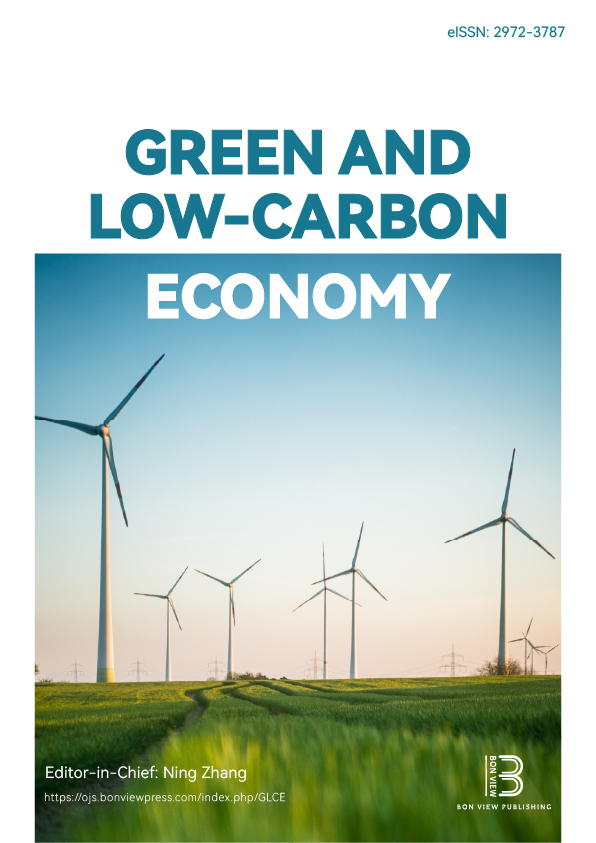India's Journey to Net Zero: A Case Study on Transitional Opportunities for Renewables Under C50 and C100 Scenarios
DOI:
https://doi.org/10.47852/bonviewGLCE52024760Keywords:
energy transition, renewable energy, electricity generation, phase-out fossils, carbon neutralAbstract
Global energy demand is increasing annually due to rising economic activities and population growth, making energy production a major greenhouse gas source. Current trends had alarmingly exceeded the 1.5ºC target as emissions surpass 53.8 Gt CO2 eq. India, as a signatory to the United Nations Framework Convention on Climate Change (UNFCCC), aims for net zero by 2070 and 500 gigawatts (GW) of renewables by 2030, requiring urgent action to phase out fossil fuels and transition to clean energy. The present study aims to analyze the relative pathways to phase out fossil fuel-based electricity generation and assess the collective investment required for renewable electricity generation. Renewable electricity generation is growing steadily and currently constitutes about 43% of the total electricity being produced in the country (426.72 GW, excluding nuclear power). This study examines phased energy transition pathways through a case study, focusing on the C50 and C100 scenarios, which correspond to a 50% and 100% reduction in fossil fuel-based electricity generation, respectively. Using simulation-based modeling, the present study identified that in the C50 scenario, the total renewable electricity will have a 66% surge in 5 years. An advanced simulation of C100's complete phaseout of fossil fuel-based electricity generation can be attained with a surge of ~133% in renewable electricity generation. Both simulations widen the capital investment opportunities, ranging from 99.13 to 198.26 thousand crore INR annually with a proposed contributing share from the central, state, and private sectors reaching 47.38, 49.17, and 101.71 thousand crore INR, respectively, in the C100 scenario. Besides the government, huge private sector investment in the transition to renewables would be essential. Additionally, comprehensive policy reforms and increased public awareness of the role of renewable energy in climate change mitigation are important. The study urges a multi-stakeholder approach, including financial, technological, and policy reforms, for successfully achieving the energy transition targets of the country.
Received: 8 November 2024 | Revised: 24 February 2025 | Accepted: 13 March 2025
Conflicts of Interest
The authors declare that they have no conflicts of interest to this work.
Data Availability Statement
Data are presented within the manuscript and in the Appendices.
Author Contribution Statement
Panna Chandra Nath: Conceptualization, Methodology, Validation, Formal analysis, Investigation, Data curation, Writing - original draft, Writing - review & editing, Visualization. Aditya Kumar Joshi: Validation, Writing - review & editing, Supervision. Arun Jyoti Nath: Formal analysis, Writing - review & editing, Visualization, Supervision.
Downloads
Published
Issue
Section
License
Copyright (c) 2025 Authors

This work is licensed under a Creative Commons Attribution 4.0 International License.


